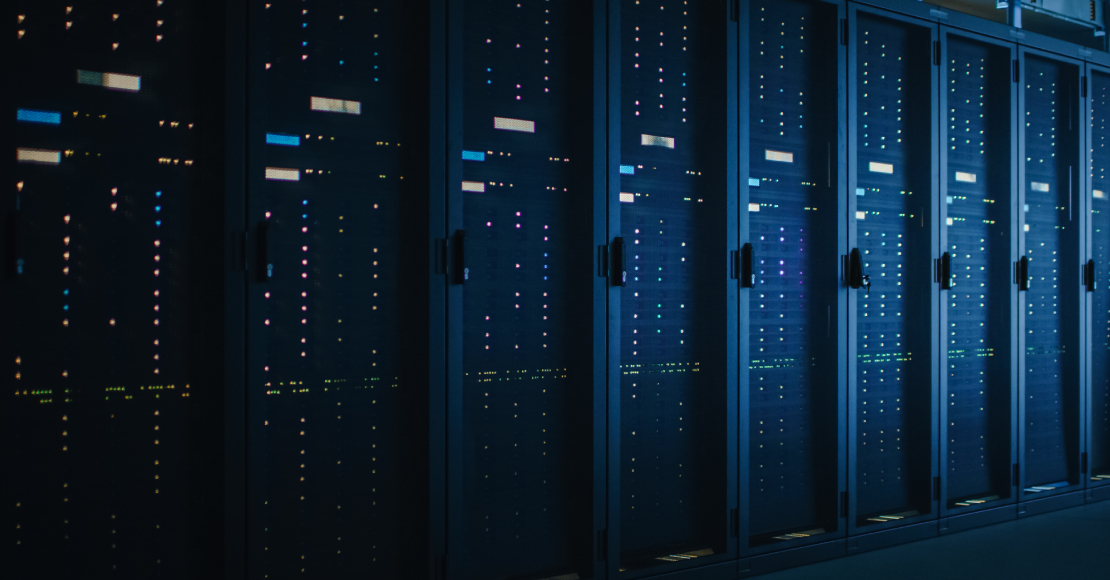
Defending Operational Technology With Remote Access Security
In our increasingly interconnected world, operational technology (OT) plays a pivotal role in powering critical infrastructure systems – including energy, transportation, manufacturing and healthcare. OT refers to the hardware and software that monitors and manages this infrastructure, and its importance can’t be overstated. Emerging cyber threats have left OT networks vulnerable, where robust security measures are urgently needed. Remote access security is a crucial defence mechanism, empowering organisations to defend OT from malicious actors. In this blog, we’ll explore the benefits and challenges of remote access security, and offer our insights.
Emerging cyber threats have left OT networks vulnerable, thanks to technologies like cloud computing and IoT. Historically, OT systems were isolated from external networks, creating an extra layer of security. The integration of new technologies, however, has created vulnerabilities and attracted cyber criminals. Cyber attacks on OT are on the rise – in 2021, 93% of OT organisations experienced at least one breach. On average, data breaches on critical infrastructure companies cost $1 million (£785,000) more than other companies – but the financial cost isn’t the only downside. Criminals could disrupt critical services, steal sensitive data, and even cause physical damage, highlighting the importance of protecting OT infrastructure.
Remote access allows users to securely connect to local networks from anywhere in the world. In the case of OT, it allows users to monitor and manage OT systems from external locations, which is both more efficient and allows for improved maintenance processes. However this connectivity also creates potential vulnerabilities that could be exploited – remote access security ensures that only authorised individuals can access critical OT systems. According to Cyolo, 72% of organisations said the top reason for securing remote access was to enable third-party access. By ensuring these people are authorised, organisations can reduce the number of entry points into their systems.
By implementing remote access security solutions, organisations can defend their OT systems with stronger authentication and encrypted connections. Remote access security provides users with a range of tools and features, including multi-factor authentication, role-based access controls, and advanced encryption protocols. These ensure users have real-time monitoring and logging abilities, to detect cyber threats more efficiently – and deal with them before they can become an issue.
More and more businesses are turning to remote access security solutions – 96% of business leaders have recognised the need to invest in OT cyber security. Before implementing measures like these, however, organisations should conduct a thorough risk assessment of their OT systems. This way, they can identify vulnerabilities, evaluate potential cyber threats, and determine their specific remote access security requirements. Selecting the appropriate solution is crucial to ensure compatibility with existing legacy systems – other factors to consider include scalability and ease of integration.
Organisations should follow cyber security best practices, like those outlined in the Fortinet 2023 State of OT and Cybersecurity Report, such as configuring firewalls, applying security patches promptly, and implementing secure encryption protocols. They should also establish clear remote access policies and protocols, covering everything from acceptable use and authentication requirements to incident response procedures. Employees should receive regular training on remote access security policies, so they understand the risks of a cyber attack as well as how to maintain a secure OT environment.
Implementing remote access security solutions in OT environments can present a number of challenges. When it comes to existing OT infrastructure, organisations should consider network segmentation and the compatibility of remote access security policies with existing control policies. It’s also vital that organisations with OT systems should prepare for the possibility of cyber attacks, developing incident response plans that outline users’ roles and responsibilities, and recovery procedures. Regular testing – and further refinement – of these plans is essential to ensure organisations can deal successfully with cyber threats.
At Infosec K2K, we offer robust remote access security solutions, and support organisations looking to protect their OT systems. We offer clients bespoke identity and access management (IAM) solutions, which can be tailored to each organisations’ specific needs, and ensure they have secure remote access to their OT systems as and when it’s needed. Our partners at Cyolo are a world-leading provider of remote access and identity-based security solutions, which can be easily integrated with existing OT infrastructure. With our help, we can ensure organisations have strong authentication mechanisms in place, reducing the risk of unauthorised access and preventing cyber attacks or breaches.
Defending OT from cyber threats is of paramount importance when it comes to safeguarding critical infrastructure systems, and remote access security can provide organisations with the tools they need to protect their OT systems and access them safely and securely. Organisations can significantly reduce the number of vulnerabilities in their OT infrastructure, and by investing in remote access security solutions, can ensure the uninterrupted operation of vital infrastructure.
Whatever solution you’re looking for, we can help. The experts at Infosec K2K can offer specialist guidance, and help you find the product that’s the best fit for you.
Get in touch with us to find out more about how we can help you.